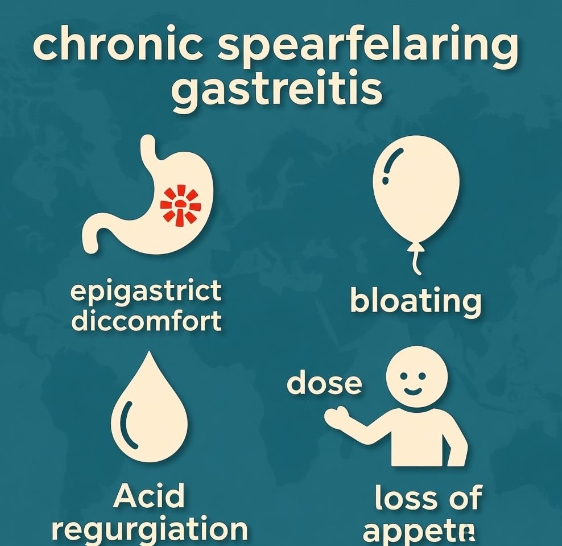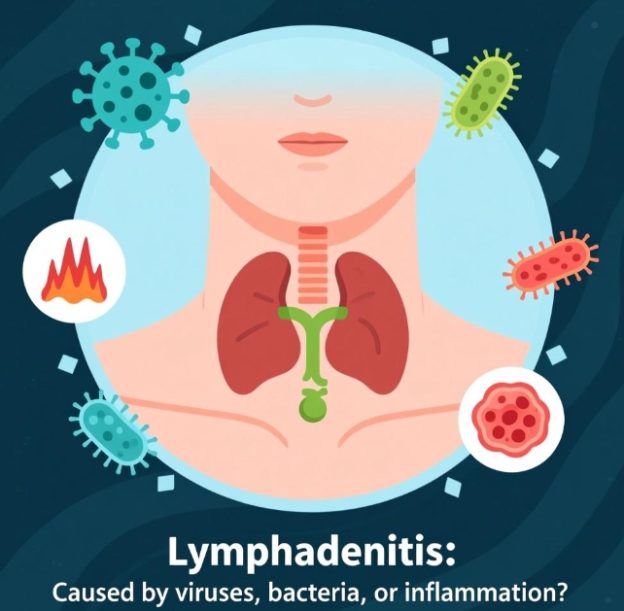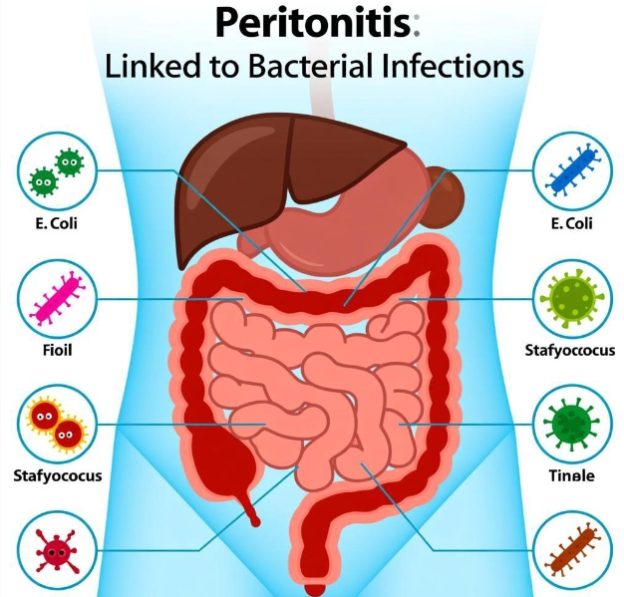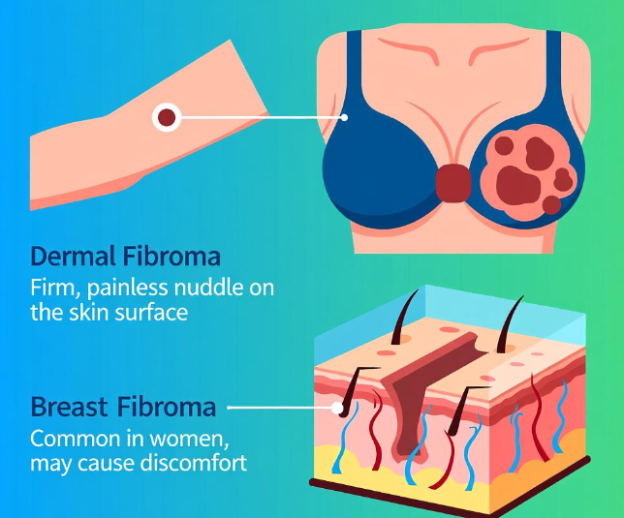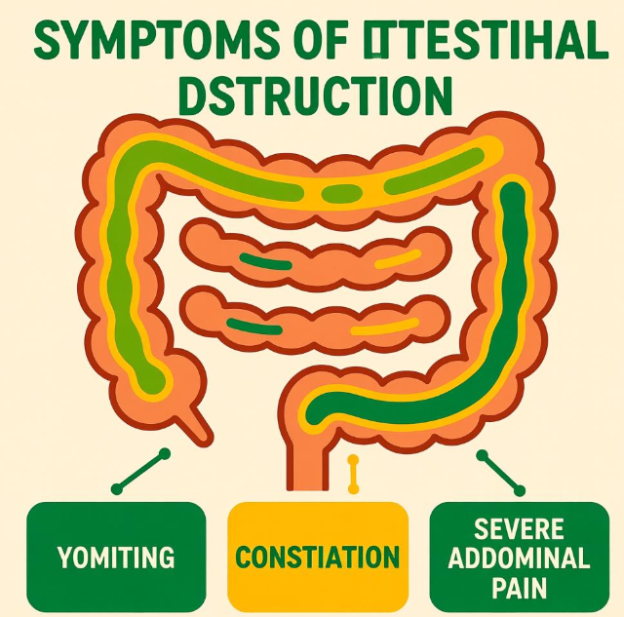Chronic superficial gastritis is a prevalent gastric mucosal lesion characterized by inflammation confined to the superficial layer of the gastric wall. The condition is often triggered by Helicobacter pylori infection, prolonged use of non-steroidal anti-inflammatory drugs (NSAIDs), unhealthy dietary habits, or psychological stress. While some patients remain asymptomatic, many experience a range of upper gastrointestinal discomforts.
The most frequently reported symptoms include upper abdominal pain or discomfort, which may present as a dull ache or burning sensation. Patients often describe a feeling of fullness or distension after meals, even with small portions. Nausea, occasional vomiting, and acid reflux are also common. Some individuals may experience belching or early satiety, which can lead to reduced food intake and unintentional weight loss over time.
In certain cases, symptoms may worsen during fasting or at night, disrupting sleep and daily activities. Despite the chronic nature of the condition, the severity of symptoms can fluctuate, with periods of remission and exacerbation. It is important to note that the presence and intensity of symptoms do not always correlate with the extent of mucosal inflammation observed during endoscopy.
| Symptom Category | Common Manifestations |
|---|---|
| Abdominal Discomfort | Upper abdominal pain, burning sensation, dull ache |
| Digestive Issues | Postprandial fullness, early satiety, belching, acid reflux |
| Nausea & Vomiting | Mild to moderate nausea, occasional vomiting |
| Appetite Changes | Loss of appetite, feeling full quickly |
| Timing of Symptoms | May worsen when fasting or at night |
